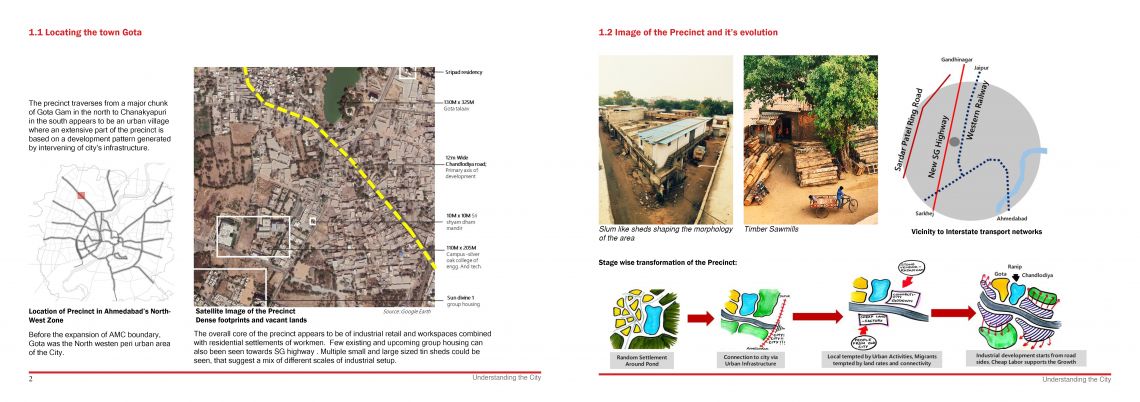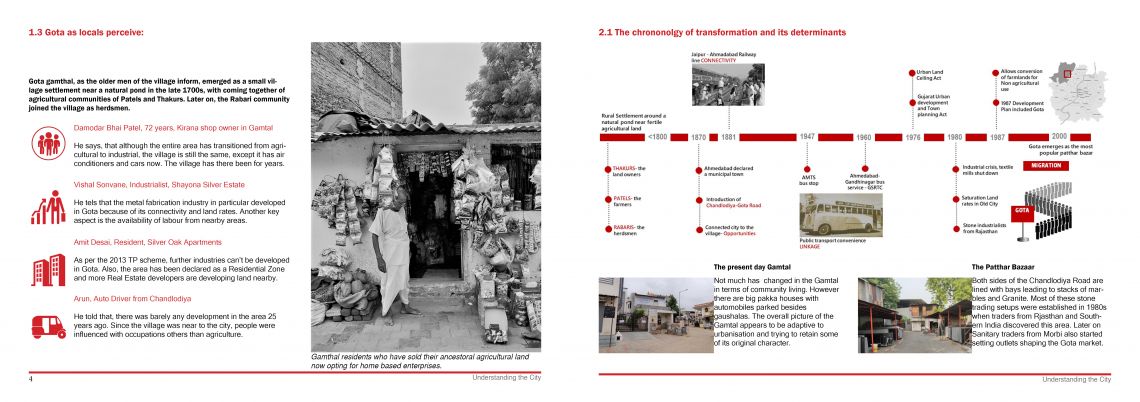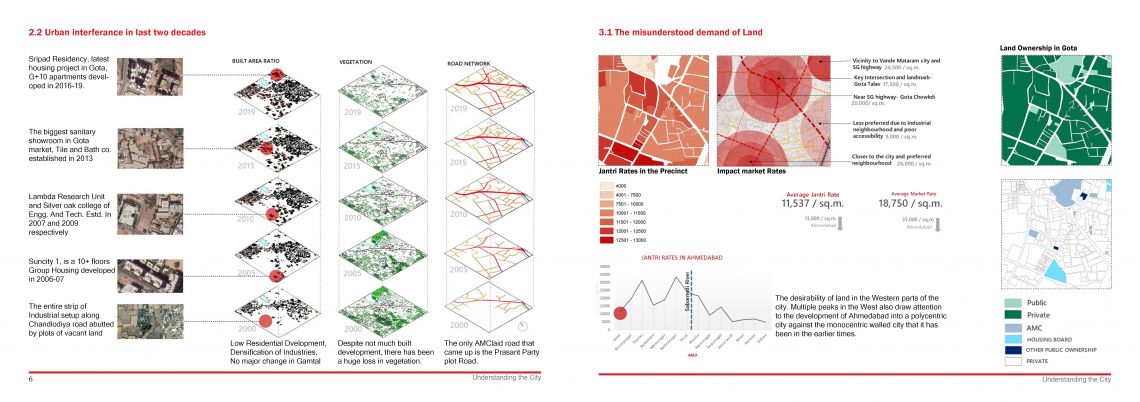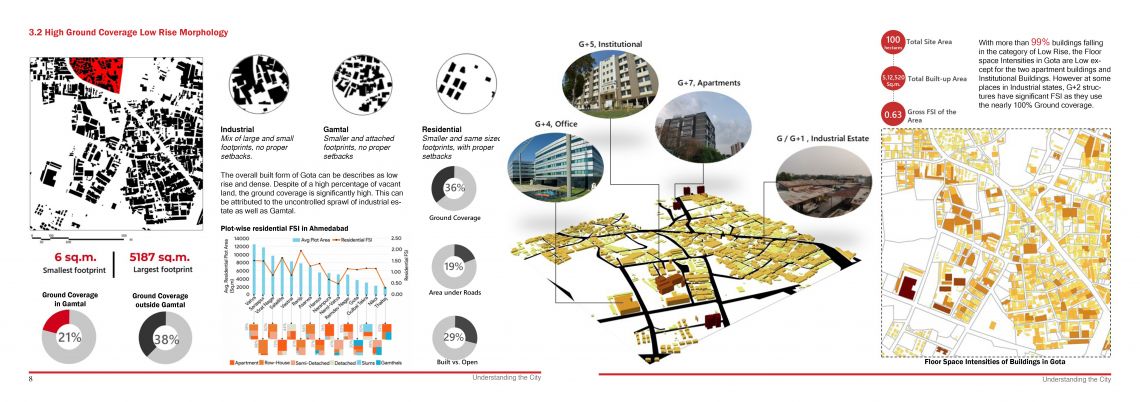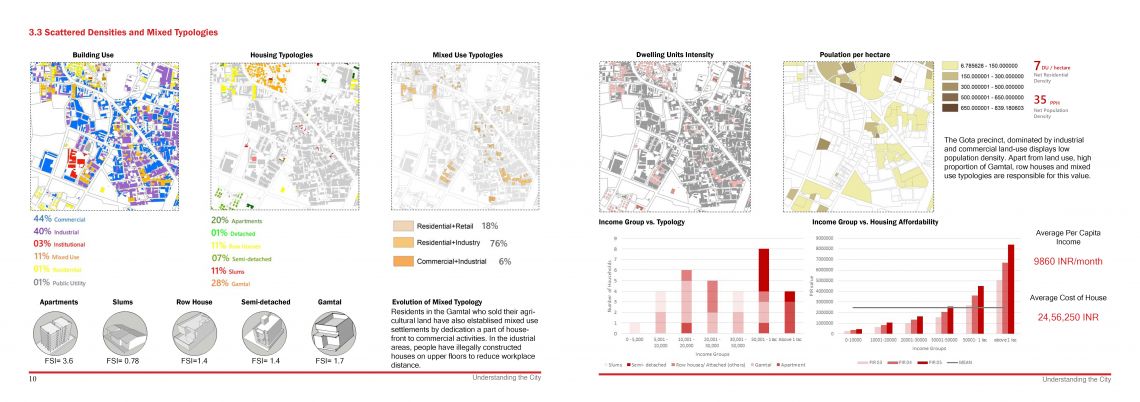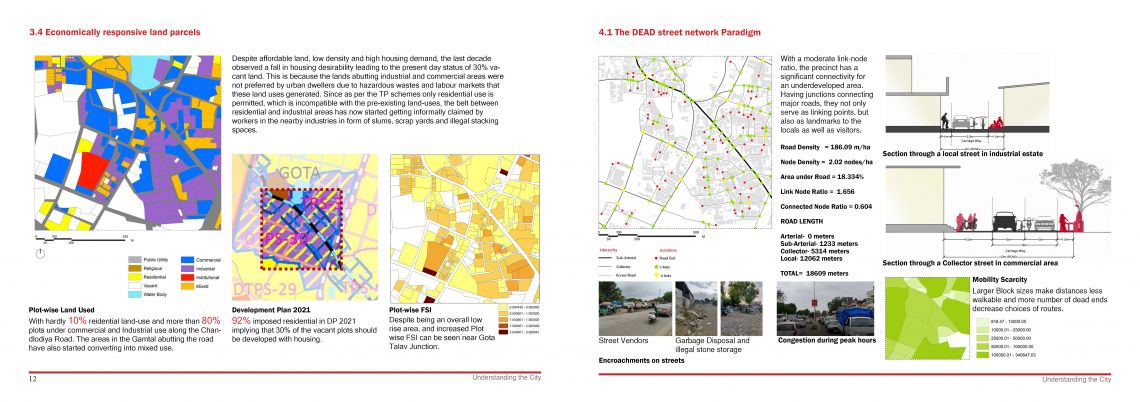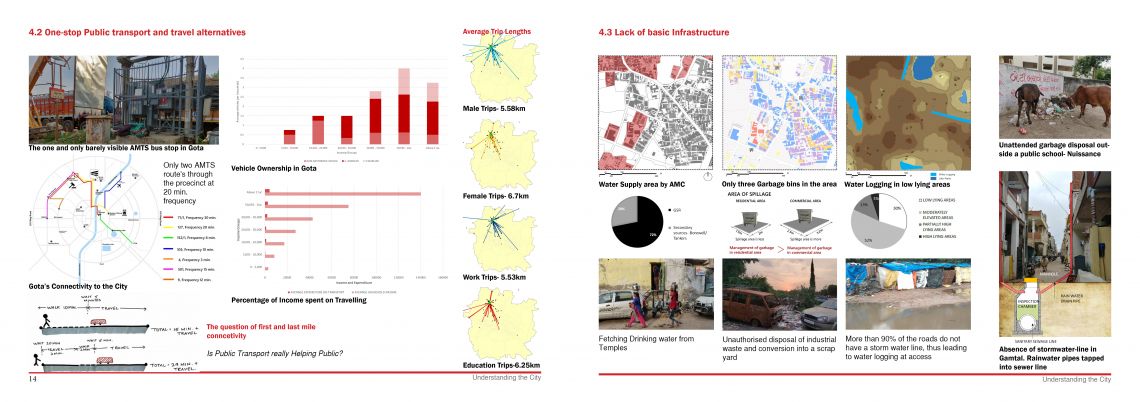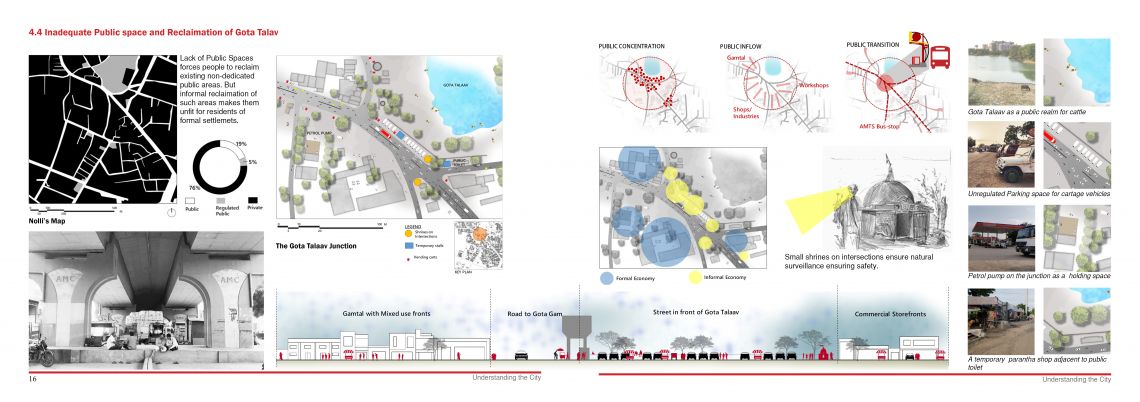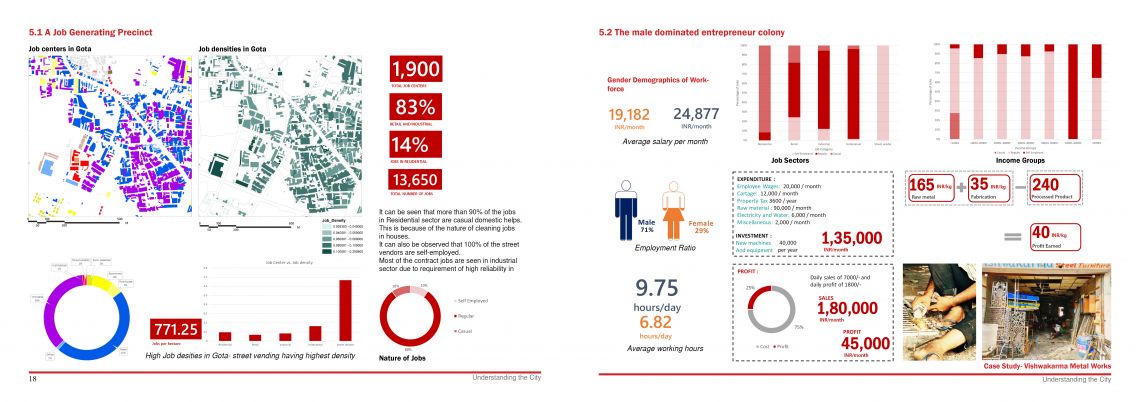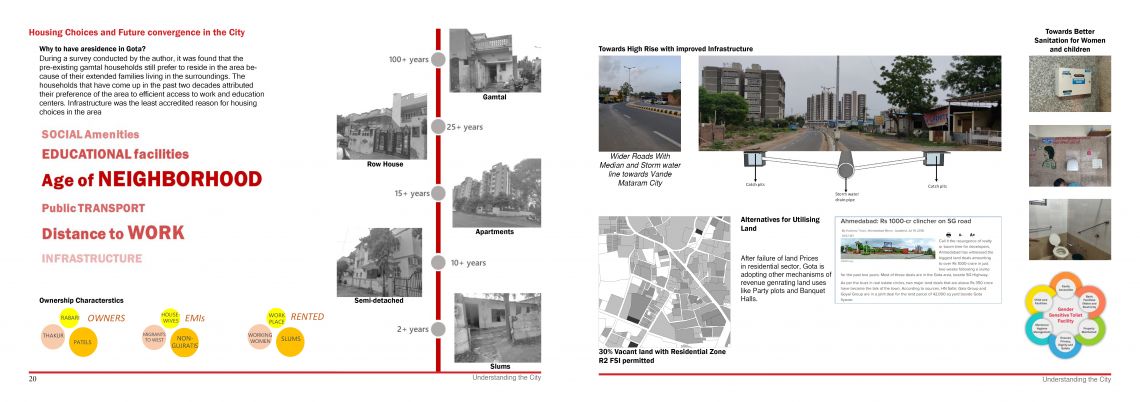Your browser is out-of-date!
For a richer surfing experience on our website, please update your browser. Update my browser now!
For a richer surfing experience on our website, please update your browser. Update my browser now!
A city, no matter how efficiently or poorly planned, develops its own pattern and procedures of growth. A city originating from one or multiple central business districts (CBDs), organically spreads its boundaries in the direction where there is more potential of housing and jobs generation. Despite being part of the same entity called the ‘city’, these areas in the core and periphery, expectations of people seeking housing varies in both the areas. In the core, no matter how poor the living conditions are, or how expensive the land is, people find a way to settle their dwelling spaces, whether by paying higher costs for housing or by developing informal settlements like slums. The case in peripheral areas is slightly different, where a lot more factors are scrutinized before choosing the said area as a residential habitat. Factors like affordability, quality of life, public spaces, infrastructure and distance to work become the major concerns in determining the desirability of such areas. This portfolio aims at understanding the variation of factors and their impacts on desirability of peripheral urban areas as an anomaly to cores of the cities by taking a case of Gota, an area on the north-west periphery of Ahmedabad.
